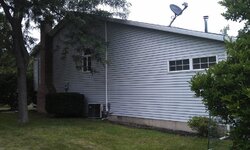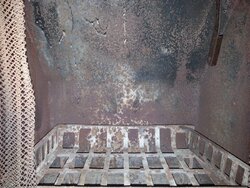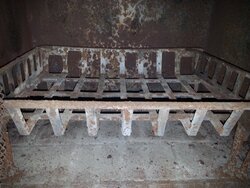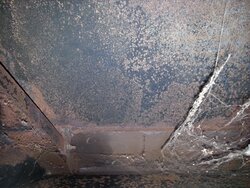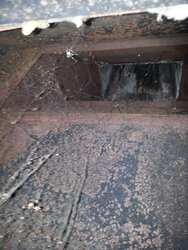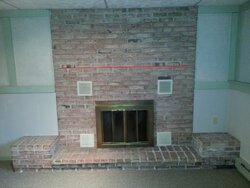Hello guys, new homeowner here! Rented a dumpster and completely gutted the basement to studs (had paneling). I've since hung drywall and have a pretty large brick fireplace (half underground) with of course non other than a heatilator (1978 house built). I am writing this post because I am going to go all out on my basement and since I started from studs, I want to do everything correctly. This includes removing this heatilator (unless someone tells me not to but it seems the right thing to do is remove). My plan is using natural stone ledger panels over the brick but I really don't want to do anything until I get this heatilator situation figured out.
Right now I don't burn from it and it looks fairly decent compared to others but still a bit rusted. I don't plan on burning from it either anytime soon as well (I have a free standing stove in my sunroom). I basically just want to future proof everything IN case down the rode I can have options whether I want to do a gas insert/wood insert,ect. And from reading about others it seems part of future proofing anything related to this fireplace would be removing this thing first. What would it cost in removing something like this? I live in NE Pennsylvania and it seems people I am calling have no interest in this or don't even know what I am talking about when asking if they can remove. Any have any contacts to someone around this area? Please help. Thanks.
Right now I don't burn from it and it looks fairly decent compared to others but still a bit rusted. I don't plan on burning from it either anytime soon as well (I have a free standing stove in my sunroom). I basically just want to future proof everything IN case down the rode I can have options whether I want to do a gas insert/wood insert,ect. And from reading about others it seems part of future proofing anything related to this fireplace would be removing this thing first. What would it cost in removing something like this? I live in NE Pennsylvania and it seems people I am calling have no interest in this or don't even know what I am talking about when asking if they can remove. Any have any contacts to someone around this area? Please help. Thanks.


